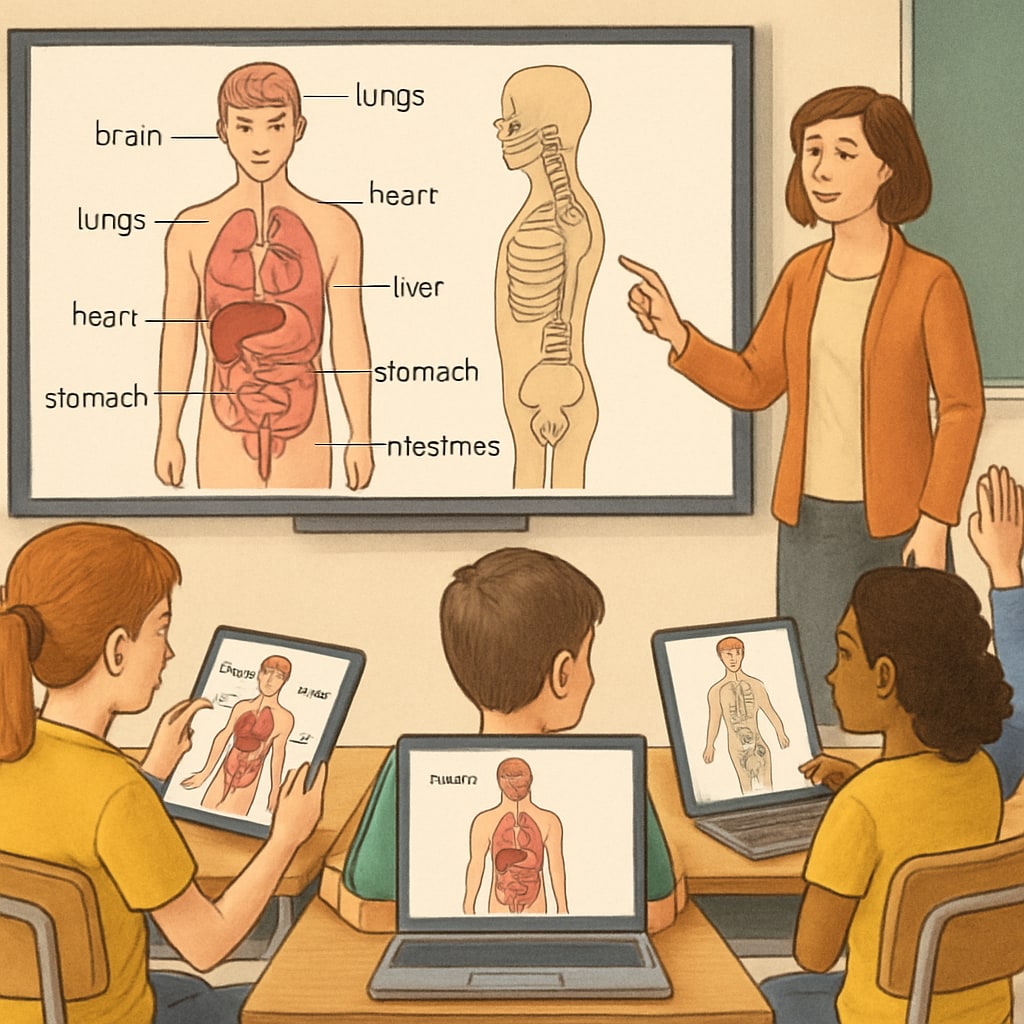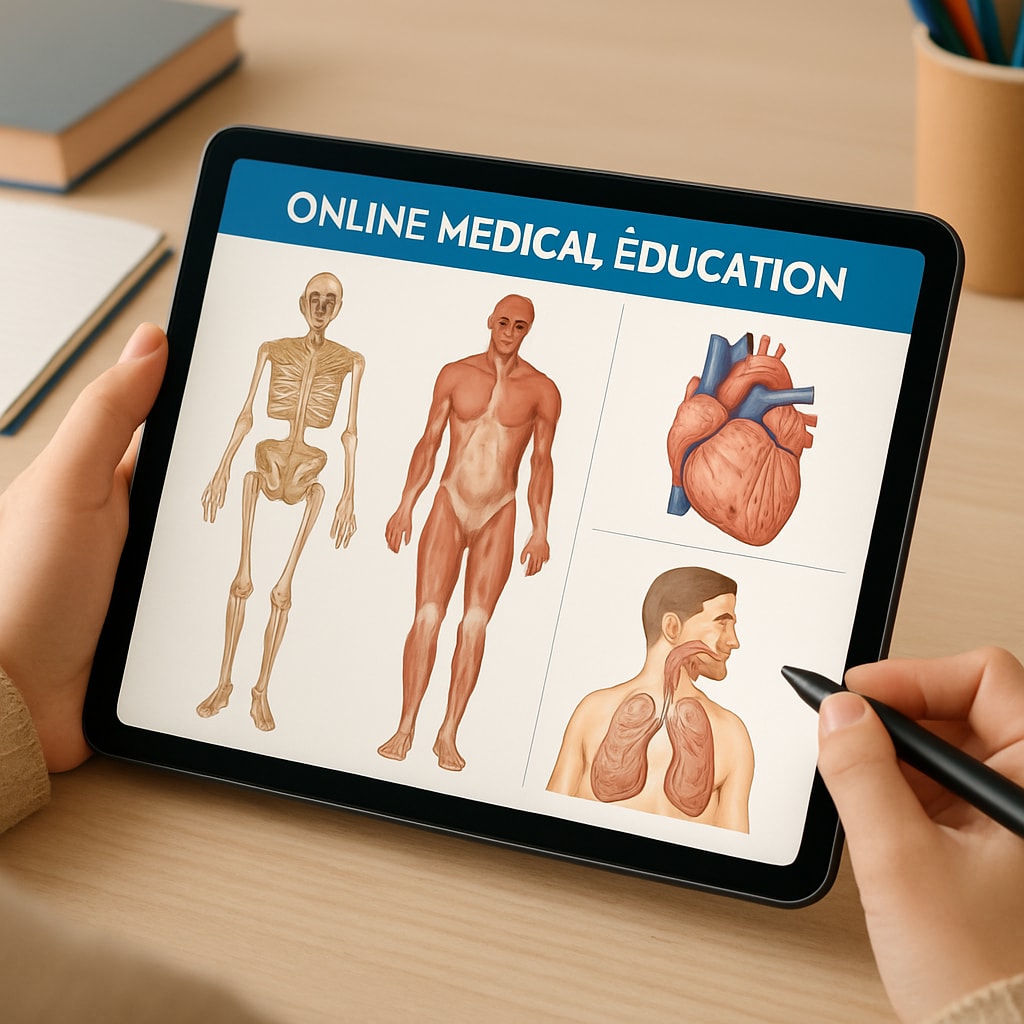Medical education is no longer a domain limited to healthcare professionals. With the rise in global health awareness, integrating medical knowledge into K12 education has become a priority. Online courses, tailored for non-medical backgrounds, offer an innovative solution to provide young learners with age-appropriate medical knowledge. This approach not only fosters early health literacy but also equips students with essential skills for lifelong learning in a world increasingly reliant on informed health decisions.
Why Non-Medical Backgrounds Need Medical Education
Medical education for non-medical backgrounds is essential in today’s world. Health crises, lifestyle diseases, and the importance of mental health have emphasized the need for a basic understanding of medical concepts among all demographics. For K12 students, learning about health and medicine can have profound benefits, such as:
- Encouraging healthier lifestyle choices from a young age.
- Building awareness of mental and physical well-being.
- Developing critical thinking skills to evaluate health-related information.
Equipping students with these skills is vital for their growth as responsible individuals in a society where misinformation about health spreads rapidly.

Integrating Medical Topics into K12 Curriculum
Introducing medical education into K12 curricula requires careful planning to ensure age-appropriateness and engagement. Schools can consider the following approaches:
- Using story-based learning: Narratives about how the body works or the importance of vaccines can make topics relatable and interesting.
- Incorporating interactive tools: Technology such as augmented reality (AR) can help students explore human anatomy in an engaging way.
- Collaborating with healthcare professionals: Inviting guest speakers to conduct workshops can provide real-world insights.
For example, an online course could include interactive sessions on nutrition, exercise, and mental health, emphasizing their impact on overall well-being.

The Role of Online Platforms in Medical Education
Online education platforms have revolutionized learning by making knowledge accessible to diverse audiences. For K12 students, these platforms offer the flexibility to learn at their own pace while exploring age-appropriate medical topics. Key advantages include:
- Customizable learning paths tailored to different age groups.
- Interactive content such as quizzes, videos, and simulations.
- Access to expert-curated resources.
Education on Britannica highlights how such platforms can be effectively utilized to foster curiosity and lifelong learning. By leveraging these resources, schools can supplement traditional teaching methods with dynamic, student-friendly content.
Challenges and Solutions for Implementing Medical Education
Despite the benefits, introducing medical education for non-medical backgrounds comes with challenges:
- Curriculum overload: Educators may struggle to fit new topics into already packed schedules. Solution: Integrate medical topics into existing subjects such as biology or physical education.
- Accessibility: Not all schools have equal access to technology. Solution: Use low-cost, offline-compatible educational tools to ensure inclusivity.
- Quality control: Ensuring that the content is accurate and age-appropriate. Solution: Collaborate with medical professionals and educators to create vetted resources.
By addressing these challenges, schools can provide students with the foundational knowledge needed to navigate health-related decisions confidently.
The Future of Medical Education for Non-Medical Backgrounds
As technology advances, the potential for integrating medical education into K12 settings will only grow. Emerging tools such as virtual reality (VR) can simulate real-life medical scenarios, offering students hands-on insights without requiring physical resources. Furthermore, partnerships with organizations like the World Health Organization ensure that content remains globally relevant and up-to-date.
Ultimately, empowering young learners with medical knowledge is an investment in healthier, more informed communities. By starting this journey in K12 education, we can equip future generations with the skills and understanding they need to thrive in an increasingly health-conscious world.
Readability guidance: Throughout the article, we have used simple yet professional language to ensure accessibility for general audiences. The information is divided into short paragraphs and lists to enhance readability. Transition words like “however,” “therefore,” and “for example” are included to maintain a smooth flow of ideas.


